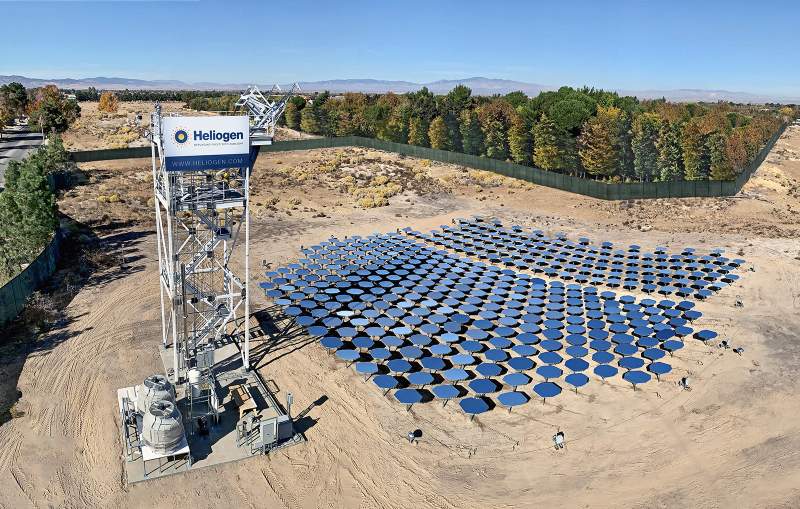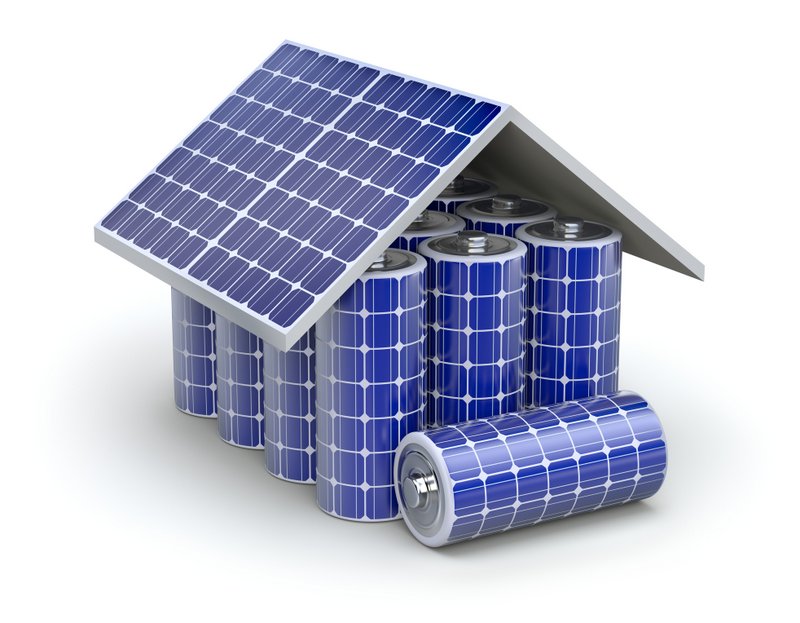What’s Next for Crystalline Modules?
The trend for 2012 was a downfall — continuously dropping module prices and shrinking revenues. According to information and analytics provider IHS (formerly IMS Research), the module market will finally see relief in 2013. The decline in PV module pricing will slow down in 2013, eventually stopping by the second half of the year. IHS expects by the fourth quarter of 2013, average crystalline module prices should reach $0.55 per watt. Global module revenues are forecast to surpass $7 billion by the fourth quarter as well.
This is good news for the solar industry. Some consistency would allow panel manufacturers to focus on new advances. Solar Builder spoke with officials at three modules companies to see where they think 2013 is headed.

Joe Thomas, CEO and president of MAGE SOLAR USA
What are the newest advances in crystalline modules?
One of the most exciting new developments is clearly the AC PV module with frame-attached microinverter. The simple plug-and-play technology makes these panels easier and also about 30 percent faster to install than any other panel on the market. At the same time these module types are extremely safe and, as a special advantage to the end-user, AC PV systems can be expanded almost effortlessly.
Anti-reflection (AR) coatings are also a new trend the industry is seeing lately. The less reflective panel surface absorbs more light and generates higher yields, which is always something manufacturers, installers and consumers alike are interested in.
A third advancement clearly is the new, ever-increasing power classes. Modules with 250 W and more of course yield more power per square foot while decreasing installation time as there are less modules to install to harvest the same amount of energy. In general, any technology that will increase yield while decreasing installation time and therefore cost has the potential to be a trendsetter in the PV industry.
How does the future look for solar in North America? Where will the industry focus its attention?
Although the dramatic drop in module prices certainly has its challenges, the unparalleled affordability of solar has unleashed an exciting multitude of innovation, efficiency improvements and technological advances, and so on. There is a new comfort level that allows installers and end-users alike to “play” with solar PV, to look for solutions where there weren’t any before, to explore and expand.
Panel efficiency and higher wattages will continue to be the focus for R&D. Since the NEC now allows for PV systems with a DC rating of 1000 V, we will see more of that also. Improved and streamlined manufacturing processes will be another key focus in the continued attempt to further reduce or shave off costs.
Besides this, AC modules will further penetrate the market in our opinion since it’s a perfect “starter module” with so many possibilities for expansion.
What should developers consider when purchasing modules for a project?
Compatibility, reliability, quality. The No. 1 key advice for integrators is to look for a system solution that is optimally coordinated and for a partner who will assist and support you every step along the way. From training to system design and financing, your supplier should work with you to ensure the maximum ROI for the customer even if this might not always be the cheapest solution. Reliability in all system components and a provider who will stand for it will result in a highest-yielding, long-running array where all parts can function and perform at their maximum best, and the customer will reap the benefits.
Working closely with a single-source provider ensures the satisfaction of your customer and guards against problems down the road because you can count on the reliability of the relationship with your supplier.

Cecilia Aguillon, director of marketing and government relations at Kyocera Solar Inc.
What are the newest advances in crystalline modules?
There have been many advances in crystalline modules, but perhaps the most significant is that cell efficiency continues to increase. This efficiency allows panels to maximize their surface area by increasing the amount of energy produced without increasing panel size or the number of panels.
How does the future look for solar in North America? Where will the industry focus its attention?
At Kyocera, we believe the future of the solar industry in North America looks bright with the region moving toward a leadership role in market-size globally. North America is blessed with great solar resources, especially in the southwest and other areas that are growing in population. The rapid drop in PV equipment prices allows an increasing number of states to accelerate solar adoption in their local markets, especially in the residential sector. As these markets continue to grow and installers get more efficient, solar electric systems become much more affordable.
Another factor helping affordability is the involvement of banks and other financing institutions that provide loans, leases and power purchase agreements. But price is only one factor, and it’s important for consumers and installers to insist on top quality manufacturing in order for our industry to continue growing.
What should developers consider when purchasing modules for a project?
While higher-efficiency modules generally cost more, the investment can be worth it in terms of limited space. The smaller the space, the more efficiency is recommended for your modules. Also, remember in the long run that the customer is relying on the contractor to make the best choice for them, so choosing the right modules will greatly impact customer satisfaction and, most likely, additional future business earned from doing the job right. Helping to educate consumers on the value and long-term savings involved in buying quality products up front will pay off. In the end, the return they receive from investing in solar power depends on three variables: cost, annual power production and longevity.
The cost to install and maintain a system over its expected lifespan and a system’s annual production of kilowatt hours are easy enough to figure out, but what about longevity? Can you trust a 25-year warranty from a manufacturer that has only been in business a few years? This may be the most important question. Instead of just looking for the best value for their customer, builders should look at the product supplier and ask: Is this a company that is going to be around to help my customer with any warranty issues? What is the product’s track record in the field? How dependable is the installer? Finding the right suppliers and installers is crucial to make sure that the customer will be happy with the purchase for many years.

Mark Mendenhall, president of Trina Solar Americas
What are the newest advances in crystalline modules?
If you look historically, there was a race for efficiency. Get more watts per square inch. That race continues. It’s on a slower learning curve at this point. But that’s not where the biggest benefit is going to come from.
The biggest benefit that crystalline module manufacturers are beginning to provide, and we’re leading the way in this as well, is incorporating electronics — DC optimizing or AC microinverters — into the panels themselves. A DC optimizer enables an installer or developer to put more panels on a roof, yield more watts throughout the year and make roofs that may not [have been optimal] now financially viable.
Just like a microinverter, you get all those same benefits with a DC optimizer but the electronics are much simpler and more reliable. Installers who are used to a string inverter with a bunch of modules in series install it in exactly the same way. They don’t have to learn a new installation technique.
How does the future look for solar in North America? Where will the industry focus its attention?
I believe on the residential- and commercial-sized projects, we’ll focus on added electronics. If you’re just selling modules and you’re trying to squeeze out the efficiency, I can get 5 to 6 percent more yield out of a DC-optimized module than I can get another percent efficiency out of improvement in the performance of the product.
As we improve on these solutions and incorporate these electronics, we want to make sure that we don’t lengthen the time to install. The material costs have come down on solar. The bigger cost for the installer is [time]. We’re trying to increase the number of jobs they can complete in a day or finish bigger projects quicker. You’ve got to think of the cost of the entire solution.
What should developers consider when purchasing modules for a project?
You always want to look at performance. There’s this shakeout that is occurring in the industry, where you get an oversupply situation with solar modules. I think they should look at the financial strength and the product roadmaps of the companies that are out there. Warranty is a big concern. These are not things that have three- to five-year lifespans. This is part of a capital product that should last in excess of 25 years delivering value over that entire time. Having a company that is going to be around for that length of time, that backs the warranty and protects the installer, is one of the things they should look at.
Is that company just providing a single component [and leaving] it up to the installer to figure out everything else? Or are we providing a system of solutions and a set of partnerships from fulfillment and technology and installation that eases their installation time, guarantees their performance and will be there for them in the long run?





Comments are closed here.